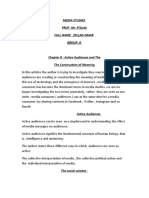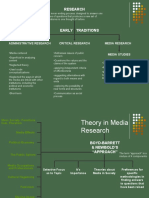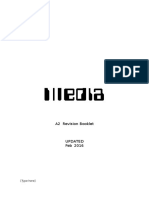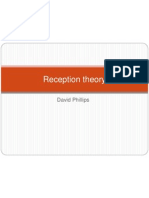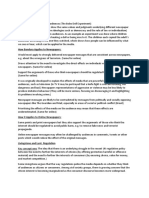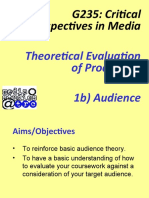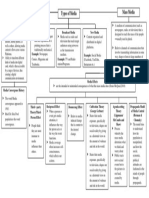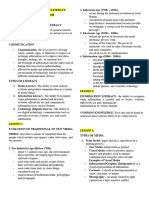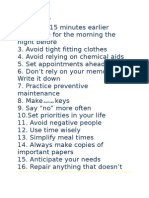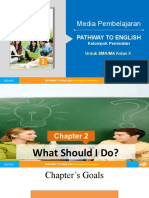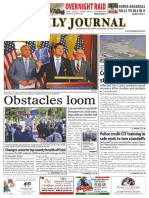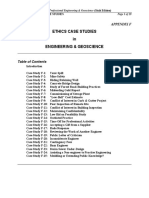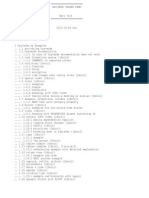0% found this document useful (0 votes)
74 views9 pagesMedia Theories
The document discusses several media theories related to ownership, regulation, effects and audiences. It covers political economy approaches, concentration of ownership, cultivation theory, encoding/decoding models, participatory culture, and the shift from a passive audience to active participation online.
Uploaded by
Finlay LaceyCopyright
© © All Rights Reserved
We take content rights seriously. If you suspect this is your content, claim it here.
Available Formats
Download as PPTX, PDF, TXT or read online on Scribd
0% found this document useful (0 votes)
74 views9 pagesMedia Theories
The document discusses several media theories related to ownership, regulation, effects and audiences. It covers political economy approaches, concentration of ownership, cultivation theory, encoding/decoding models, participatory culture, and the shift from a passive audience to active participation online.
Uploaded by
Finlay LaceyCopyright
© © All Rights Reserved
We take content rights seriously. If you suspect this is your content, claim it here.
Available Formats
Download as PPTX, PDF, TXT or read online on Scribd
/ 9











